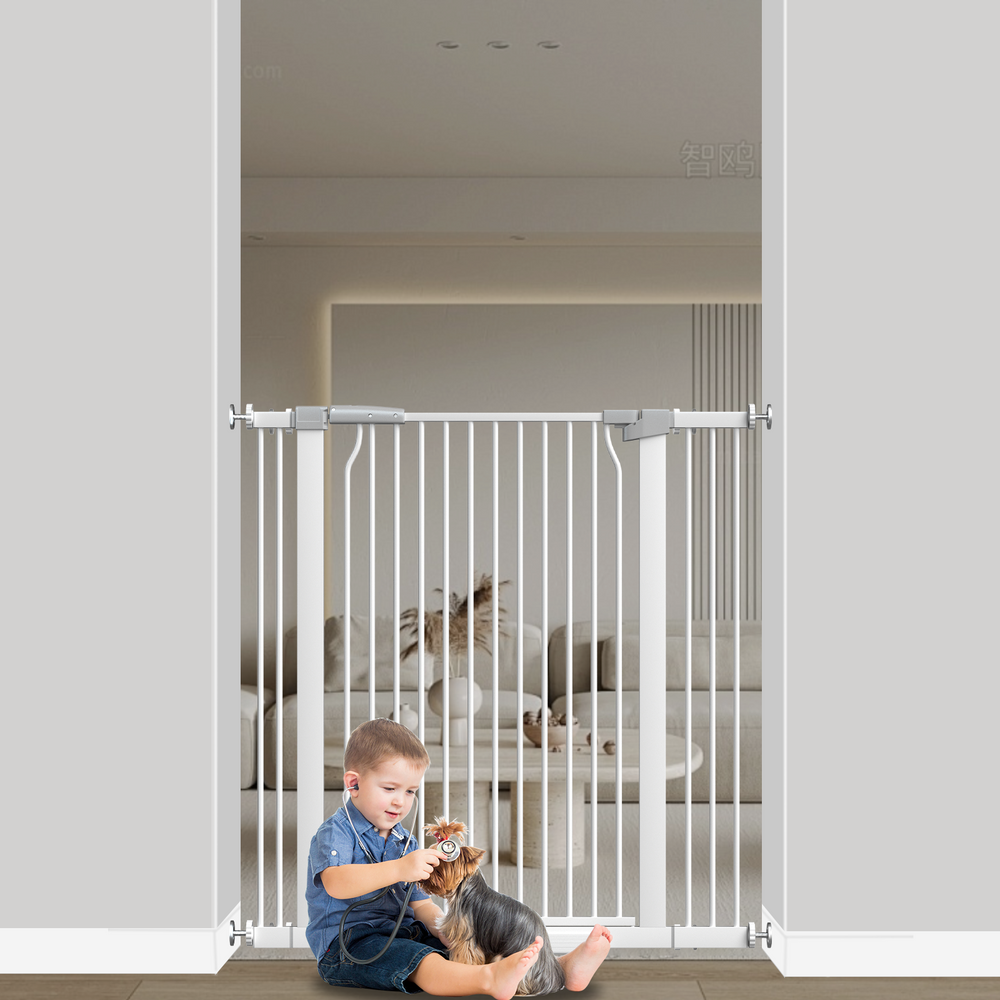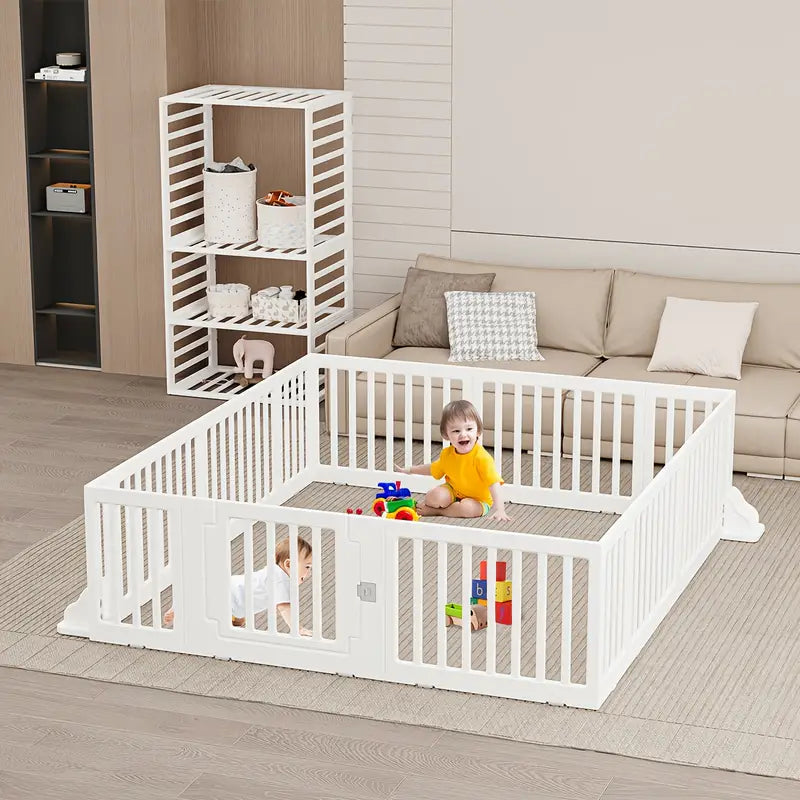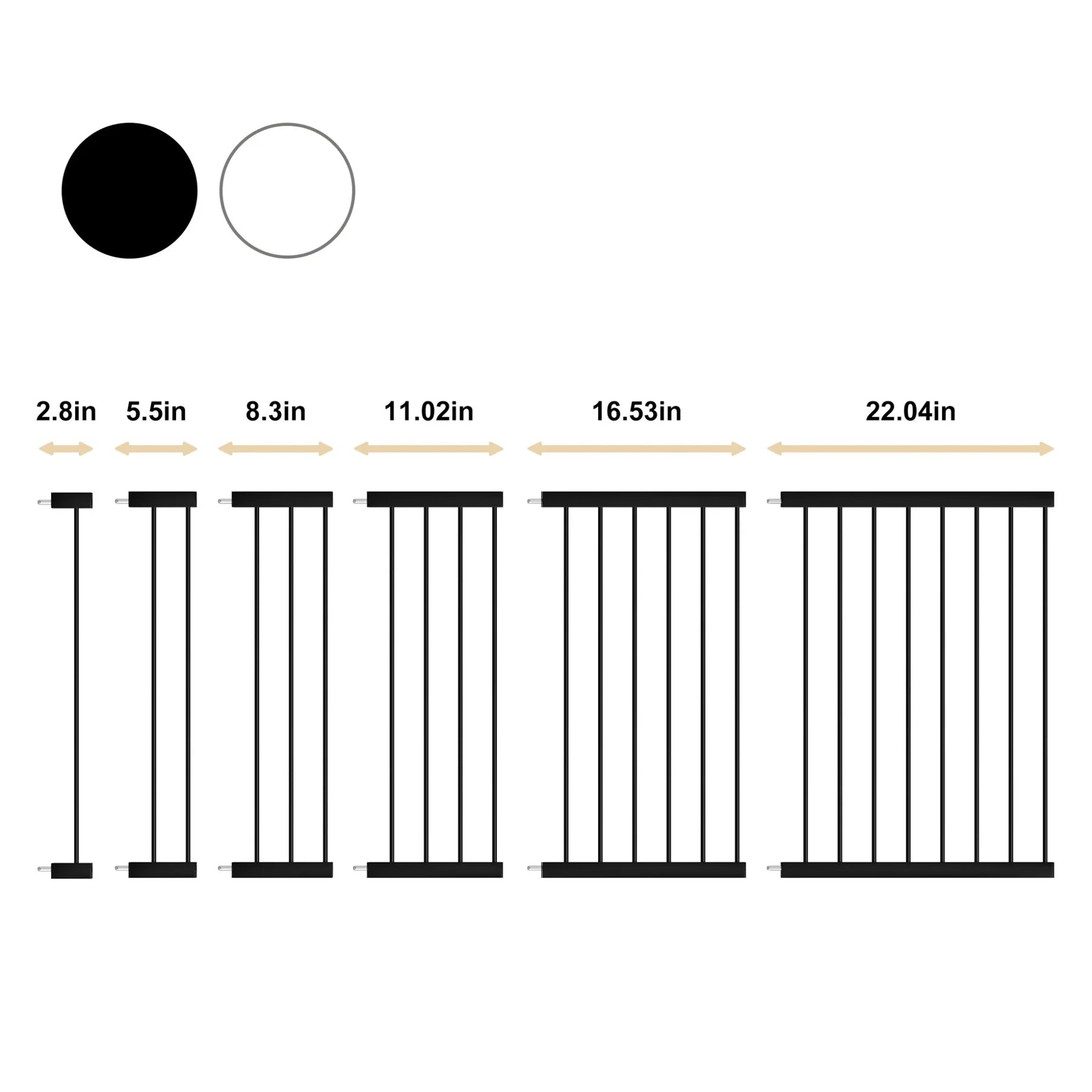10 Popular Rabbit Breeds for Pets
1. Holland Lop
The Holland Lop is a real crowd-pleaser, and it's easy to see why. Developed in the Netherlands, this breed is basically a smaller, more compact version of the French Lop. They're known for those adorable floppy ears that hang down, framing their round faces. Plus, they come in over 30 different colors, so there's a Holland Lop out there for pretty much everyone.
Personality and Temperament
These bunnies are generally super friendly and have a sweet, spirited nature. They tend to be quite social and enjoy interacting with their people. It’s not uncommon for them to follow their owners around or even nudge them for attention. They’re usually pretty good with kids, too, as long as the kids are gentle and know how to handle a rabbit properly.
Size and Appearance
Holland Lops are on the smaller side, usually topping out at around 4 pounds. They have a dense coat that feels nice and soft to the touch. Because of this, they do need regular grooming, especially when they're shedding, to keep their fur from getting all matted up.
Health Considerations
One thing to watch out for with Holland Lops, especially if they aren't bred carefully, is a condition called malocclusion. This is basically when their teeth don't line up right. It can cause problems with eating and even lead to pain, so it's really important to get your Holland Lop from a breeder who knows what they're doing and prioritizes the health of their rabbits.
Finding a good breeder is key for any rabbit, but it's particularly important for breeds like the Holland Lop where certain genetic traits can lead to health issues if not managed properly. A responsible breeder will be happy to answer your questions about their rabbits' lineage and health history.
2. Mini Lop
The Mini Lop is a really charming rabbit breed, and it's easy to see why they're so popular. They're a bit bigger than their Holland Lop cousins, usually tipping the scales at around 4.5 to 6.5 pounds. Think of them as having a sturdy, compact build, almost like a little barrel with legs. Their heads are pretty round, about the size of a softball, and they have those signature floppy ears that just make you want to give them a pet.
When it comes to personality, Mini Lops are often described as being pretty laid-back and independent. They're also known for being intelligent, which can make them easier to train compared to some other breeds. They tend to get along well with their owners and can be quite affectionate once they get comfortable.
Key Characteristics
- Weight: 4.5 to 6.5 pounds
- Coat: Comes in a wide range of colors and patterns, including agouti, broken, pointed white, self, shaded, and ticked.
- Temperament: Generally calm, independent, and intelligent.
- Grooming: Their coat is fairly dense and requires regular brushing, especially during shedding seasons, to prevent mats.
Ideal Living Situation
Mini Lops do well in a variety of home environments, but they do need space to move around. A good-sized cage or hutch is important, and they also benefit from supervised time outside their enclosure to exercise and explore. Because they're intelligent and can be trained, providing them with toys and opportunities for mental stimulation is a good idea. They can be good pets for families, but like all rabbits, they need gentle handling, especially around young children who might be a bit too boisterous.
These rabbits are known for their sturdy build and generally easygoing nature. They can form strong bonds with their owners and often enjoy gentle interaction. Regular grooming is a must to keep their coat in good condition.
3. Dutch
Appearance and Markings
The Dutch rabbit is super easy to spot, and that's a big part of why it's so popular. They've got these really distinct markings that make them look like they're wearing a little white vest and dark trousers. It’s a classic look that people just love. They're not a huge rabbit, usually weighing in between 3.5 to 5.5 pounds, which is a pretty manageable size for a pet.
Temperament and Care
These guys are known for being pretty chill. They're generally gentle and easygoing, which makes them a great choice, especially if you're new to having rabbits or have kids. They tend to get along well with people and can be quite affectionate once they get comfortable with you. Like most rabbits, they do need a good amount of hay to keep their digestion working right, plus fresh water and some pellets. Their coat is pretty low-maintenance, just a brush now and then is usually enough.
Origin
Even though they're called Dutch rabbits, they actually got their start in England back in the 1830s. They were developed from a breed called the Brabant, which was imported from Belgium. Breeders in England then worked on creating the distinctive markings we see today. They became really popular pretty quickly because of their unique look and friendly nature.
Rabbits are surprisingly social creatures and can form strong bonds with their owners. Providing them with a safe and stimulating environment is key to a happy bunny.
Key Characteristics
- Weight: 3.5 - 5.5 pounds
- Coat: Short, dense, comes in various color combinations (most famously, white with black, blue, or chocolate markings)
- Temperament: Gentle, easygoing, friendly
- Grooming: Low maintenance, occasional brushing
- Lifespan: 5-8 years
4. Lionhead
About the Lionhead
When you first see a Lionhead rabbit, you'll probably notice that mane. It really gives them a regal look, kind of like a little lion, hence the name. They're not huge rabbits, but that mane makes them stand out. Even though they're a newer breed in the US, officially recognized only in 2014, they've gotten pretty popular pretty fast. People seem to like their looks and their generally pleasant personalities.
Lionheads can be quite energetic and enjoy playing, but they're also happy to just chill with you. If you're reading a book or watching TV, a Lionhead might just hop up next to you for some quiet company. They're a good mix of playful and cuddly, which makes them a nice pet for many.
Lionhead Rabbit Quick Facts
| Feature | Detail |
|---|---|
| Weight | Around 3.75 pounds |
| Colors | Many, including black, ruby-eyed white, chocolate, tortoise, and more. |
| Ears | Erect |
| Temperament | Generally friendly, playful, and can be quite docile. |
Things to Consider
- Grooming: That lovely mane can get tangled, so they need regular brushing to keep it looking good and to prevent mats. It's not super difficult, but it's something you'll need to do consistently.
- Space: While they aren't the biggest rabbits, they still need room to hop around and play. A decent-sized cage or enclosure is a must.
- Socialization: Like most rabbits, getting them used to being handled from a young age really helps them become more comfortable and friendly pets.
These rabbits are known for their distinctive mane, which can range in thickness and length. It's a defining characteristic that makes them quite unique among rabbit breeds.
5. French Lop

The French Lop is a truly impressive rabbit, often described as a gentle giant. They were first brought to the United States in 1971 and have since become a favorite for many rabbit enthusiasts. These rabbits are known for their substantial size, typically weighing between 10 to 15 pounds when fully grown. Don't let their heft fool you, though; French Lops are renowned for their incredibly calm and good-natured personalities. They tend to form strong bonds with their owners and are often seen following them around the house, looking for a good snuggle. Their long, floppy ears and broad faces give them a distinctive and endearing appearance.
Key Characteristics
- Weight: 10-15 pounds
- Temperament: Calm, docile, affectionate
- Grooming Needs: Moderate, especially during molting seasons
- Lifespan: 5-8 years
Ideal Living Environment
French Lops need plenty of space due to their size. A large hutch or a dedicated rabbit-proofed room is ideal. They enjoy having room to stretch out, hop around, and explore. Providing them with chew toys and tunnels will keep them entertained and mentally stimulated. Because they are social animals, they thrive on interaction with their human families.
French Lops are known for being very social and can become quite attached to their owners. They often enjoy being petted and can even be trained to do simple tricks with patience and positive reinforcement.
6. Californian
Breed Overview
The Californian rabbit is a popular choice for a pet, and it's easy to see why. Developed in Southern California back in the 1920s, these rabbits are known for their generally white coats, but with distinctive darker markings on their nose, ears, feet, and tail. They typically have pink eyes. These rabbits are often described as "people rabbits" because they tend to be quite social and enjoy interacting with their owners. While they might seem a little reserved at first, with a bit of gentle socialization, their true, friendly personalities really come out.
Key Characteristics
- Appearance: Predominantly white body with black or dark points on the nose, ears, hind feet, and tail. They have pink eyes.
- Temperament: Generally docile, friendly, and social. They can be playful and enjoy attention.
- Size: Medium-sized, typically weighing between 8 to 12 pounds when fully grown.
Care Considerations
Californian rabbits, like most rabbits, need a good amount of space to move around. A spacious hutch or enclosure is a must, and they also benefit from supervised time outside their enclosure for exercise and exploration. Their diet should consist mainly of high-quality hay, supplemented with rabbit pellets and fresh vegetables. Regular grooming is also important to keep their coat in good condition, especially during shedding seasons.
Rabbits are sensitive creatures, and it's important to handle them gently and provide a calm environment. Loud noises or sudden movements can startle them, so creating a peaceful living space is key to their well-being.
7. Dwarf Papillon
The Dwarf Papillon is a really distinctive-looking rabbit, and the name actually means "butterfly" in French. You can spot one by the butterfly-shaped marking on its nose, which is pretty neat. They also have these adorable ears that stand straight up in a V-shape, and there's usually a marking that runs right down their spine.
These rabbits are known for being quite striking and cute, making them a popular choice for a pet. They're generally small, which is great if you don't have a ton of space. While they are energetic, they can also be quite cuddly companions.
Here's a quick look at what makes them stand out:
- Distinctive Markings: The "butterfly" nose marking and the spine marking are key identifiers.
- Upright Ears: Unlike some lop-eared breeds, their ears stand tall and proud.
- Small Size: Generally weighing under 3 pounds, they are manageable for many households.
When considering a Dwarf Papillon, remember that their unique markings and upright ears are part of their charm. They can be a bit energetic, so providing them with plenty of space to hop around is a good idea. They tend to be friendly, but like all rabbits, they do best with gentle handling and early socialization.
8. Netherland Dwarf
Size and Appearance
Netherland Dwarfs are truly tiny, usually tipping the scales at under 2.5 pounds. They’ve got that distinctive round head and short ears, a look that comes from the dwarfism gene. You’ll see them in about 25 different colors, from solid shades to broken patterns. Their fur is pretty easy to manage most of the time, just needing a brush when they shed.
Temperament and Handling
These little guys are known for being energetic. Some are super curious and playful, especially the males, while others, particularly the females, can be a bit skittish. Because they’re so small and can be a little jumpy, they’re not always the best fit for very young children who might not handle them gently enough. With the right family, though, they can really open up and become quite the sweet companions.
Health Considerations
Like some other small breeds, poorly bred Netherland Dwarfs can sometimes have issues with their teeth not lining up right, which is called malocclusion. It’s something to keep an eye on.
It’s always a good idea to do your homework before bringing any pet home. Understanding a breed’s specific needs, like the Netherland Dwarf’s tendency towards being a bit timid, helps make sure you and your new bunny are a good match.
9. Mini Rex
The Mini Rex rabbit is a real charmer, and it's easy to see why so many people love them. They're basically a smaller, more manageable version of the standard Rex rabbit, which is famous for its incredibly soft, plush fur. Seriously, petting a Mini Rex feels like stroking velvet. It’s a pretty unique sensation!
These little guys are known for being pretty laid-back and friendly, which makes them a great choice for families, even those with kids, and also for folks who are retired and looking for a calm companion. They don't need a ton of grooming either, which is a nice bonus.
Key Characteristics
- Weight: Typically between 3 to 4.5 pounds.
- Coat: Known for its short, dense, velvety plushness.
- Temperament: Generally calm, friendly, and good-natured.
- Grooming: Low maintenance, though they do shed and may need brushing during molting periods.
Potential Health Considerations
While their unique fur is a big draw, it's worth noting that the shorter guard hairs on a Mini Rex's feet might not offer as much protection as on other breeds. This can sometimes make them more prone to developing sore hocks, so keeping their living area clean and providing soft bedding is a good idea.
Colors
Mini Rex rabbits come in a pretty wide array of colors, including black, blue, chocolate, castor, chinchilla, lilac, lynx, opal, red, seal tortoise, and white. It's a lot of variety, so you can often find one that really catches your eye.
10. Flemish Giant

When you think of big rabbits, the Flemish Giant probably comes to mind. These guys are truly giants in the rabbit world, and they're also one of the oldest breeds around. Originating from Flanders, Belgium, they've been known in Europe since the 1600s. They made their way to the United States in the late 1800s, and at first, they were mostly used for meat because, well, they're huge! But don't let their size fool you. Flemish Giants are often called "Gentle Giants," and for good reason. They're known for being super laid-back and friendly, which makes them a great choice even for people who have never owned a rabbit before, or for families with kids. They're pretty calm and usually get along well with everyone.
Key Characteristics
- Weight: Typically between 10 to 20 pounds, but some can be even larger.
- Colors: They come in a variety of colors, including black, blue, fawn, light grey, sandy, steel grey, and white.
- Temperament: Generally very docile, friendly, and good-natured.
- Lifespan: Usually around 5 to 8 years.
Size Comparison
| Breed | Typical Weight | Notes |
|---|---|---|
| Flemish Giant | 10-20+ lbs | One of the largest rabbit breeds |
| French Lop | 15-20 lbs | Large, with heavy lop ears |
| Californian | 8-12 lbs | Solid white with dark points |
| Mini Rex | 3.5-4.5 lbs | Known for its velvety fur |
| Netherland Dwarf | 2-3 lbs | Very small, with short ears and a round head |
Despite their impressive size, Flemish Giants are surprisingly easy to handle and are known for their calm demeanor, making them a popular choice for first-time rabbit owners and families alike.
Finding Your Perfect Hoppy Companion
So, you've looked through some of the most popular rabbit breeds out there. It's a lot to take in, right? From the floppy-eared Lops to the big Flemish Giants, there's a rabbit for pretty much everyone. Remember, though, that picking a breed is just the first step. Each rabbit, no matter the breed, has its own personality and needs. Doing a little extra homework on the specific rabbit you're interested in, and making sure your home is ready for a bunny, will go a long way. With the right care and attention, any of these breeds could bring a lot of joy and quiet companionship to your life.






Leave a comment